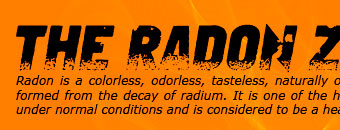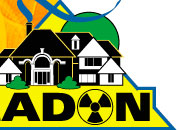 |
 |
 |
||||
|
||||||
| Call: 417-844-0942 | ||||||
|
»Nuclear Power Plants The page discusses how nuclear material is used to create power and the types of waste created by nuclear power plants. Overview In the United States, over 100 nuclear reactors supply about 20% of our electricity. Worldwide, over 400 reactors provide 17% of the world’s electricity. Nuclear power plants produce electricity through a heat-generating process known as "fission," in which neutrons split uranium atoms to produce large amounts of energy. This process also creates some hazardous by-products, which are contained within the fuel cladding, the reactor vessel, and the thick concrete and steel walls of the containment building. Among the radioactive materials found at nuclear power plants you will find enriched uranium, low-level waste, and spent nuclear fuel. Enriched uranium, in the form of a pellet roughly one-inch-long, serves as the fuel for nuclear power plants; there may be over 100 tons of fuel pellets present in a single reactor. One pellet can generate approximately the same amount of electricity as one ton of coal. Uranium fuel is only mildly radioactive and can be handled safely without shielding, unlike spent fuel, which is extremely radioactive. Low-level radioactive waste includes items that have become contaminated with radioactive material. This waste typically consists of contaminated protective shoe covers and clothing, wiping rags, mops, filters, reactor water treatment residues, and equipment and tools. Low-level waste is stored at the nuclear power plant until either the radioactivity in the waste decays away, allowing it to be disposed of as ordinary trash, or there is enough waste for shipment to a low-level waste disposal site. Spent nuclear fuel includes many highly radioactive byproducts of the fission process. The fuel is stored at the nuclear power plant site in specially designed pools resembling large swimming pools or in specially designed dry storage containers. In the pools the water cools the fuel and acts as a radiation shield. The storage containers can also cool the fuel and contain the radiation emitted by the used fuel. |
|
|||||